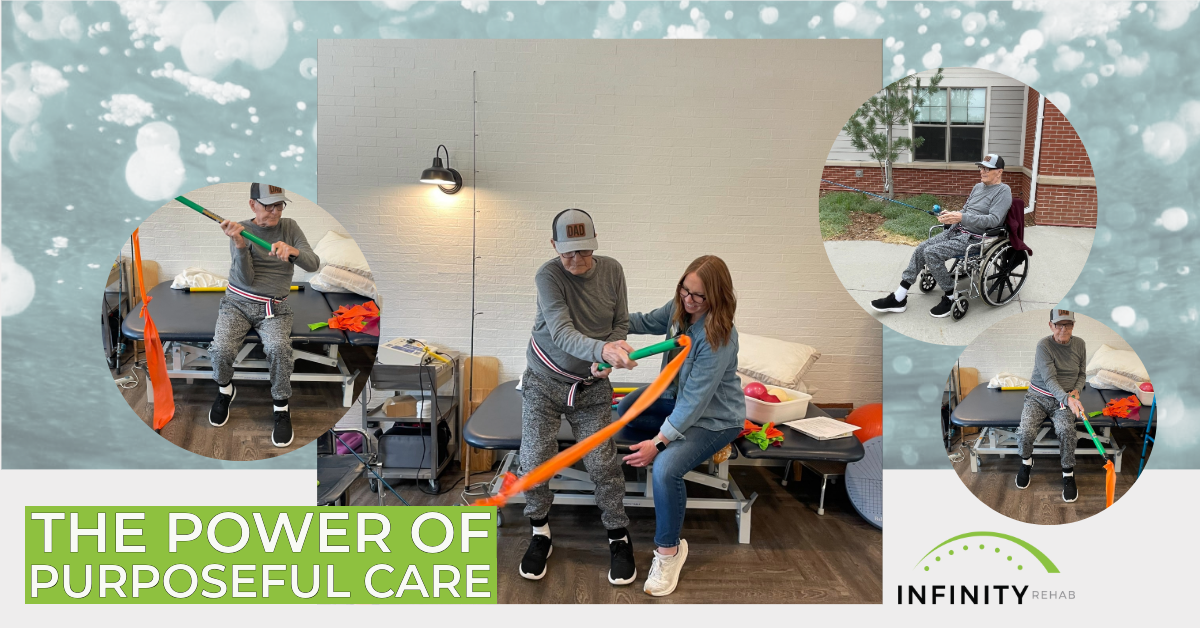
The Lucian Leape Institute, established by the National Patient Safety Foundation, established the following vision for transforming health care, as a safety imperative:
We envision a culture that is open, transparent, supportive, and committed to learning; where doctors, nurses and all health workers treat each other and their patients competently and with respect; where the patient’s interest is always paramount; and where patients and families are fully engaged in their care (Leape et al., 2009).
The Lucian Leape Institute describes five transforming concepts needed to achieve this vision: Transparency, integrated care platform, consumer engagement, joy and meaning in work, and medical education reform.
How safe is the skilled nursing setting? It is estimated that 22 percent of Medicare beneficiaries experience adverse events during their stays in skilled nursing facilities (SNFs) and an additional 11 percent experience temporary harm events during their stays (OIG, 2014). That is one-third of all Medicare beneficiaries experiencing some sort of harm during SNF stays. Moreover, 59 percent of these adverse and temporary harm events are preventable. Overall, nearly 1 in 5 Medicare beneficiaries readmit to the hospital, while over 50 percent of patients who experience harm readmit to the hospital. There is certainly the human cost of these adverse events, but financially, it is estimated Medicare spends $2.8 billion annually on hospital treatment for harm caused by SNFs (OIG, 2014).
I know Infinity Rehab and its customers take prevention of medical errors very seriously, but I still think every hospital, skilled nursing facility, home health agency, and individual health care provider would benefit from an attitude check: Do I treat medical errors and adverse events in my area of practice like a plane crash or a car accident? Consider for a moment what our society would do if jumbo jets were crashing every day. There would be no resource or cost spared to avoid further air disasters. Unfortunately, I don’t think the same can be said for making patients safer.
Regards,
Mike
P.S. Go here for an interactive map of hospitals in your area.
References
Committee on Quality of Health Care in America: Institute of Medicine (2000). To err is human:
Building a safer health system. Washington, DC: National Academies Press.
James, J. (2013). A new, evidence-based estimate of patient harms associated with hospital care. Journal of Patient Safety, 9(3), 122-128. Doi: 10.1097/PTS.0b013e3182948a69
Leape, L. et al. (2009). Transforming healthcare: A safety imperative. Quality Safety Health Care, 18, 424-428. Doi: 10.1136/qshc.2009.036954
U.S. Department of Health and Human Services, Office of Inspector General. (2014). Adverse events in skilled nursing facilities: National incidence among Medicare beneficiaries (OIG publication No. OEI-06-11-00370). Retrieved from https://oig.hhs.gov/oei/reports/oei-06-11-00370.pdf






